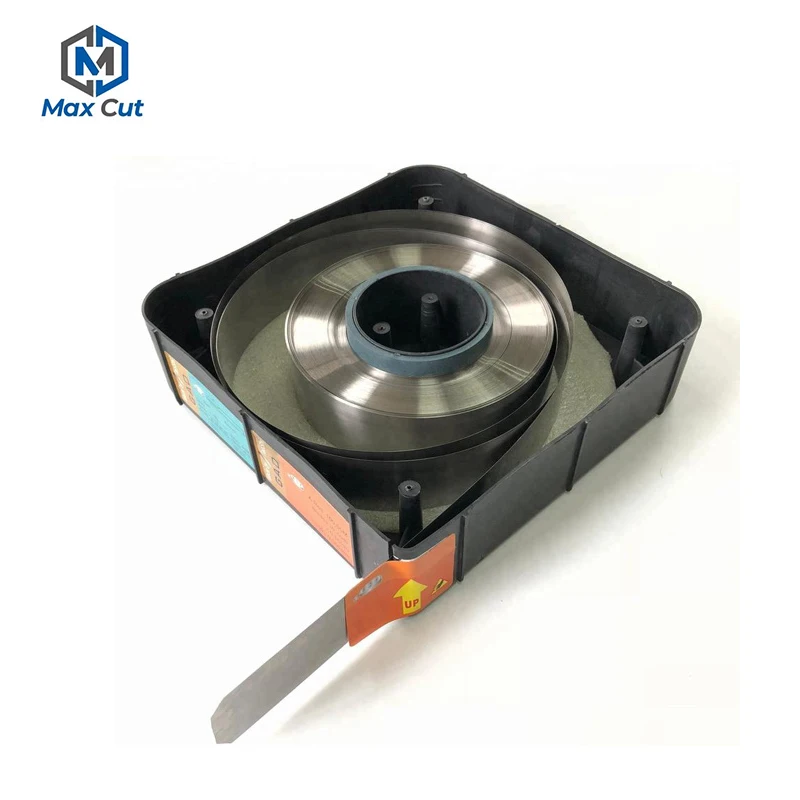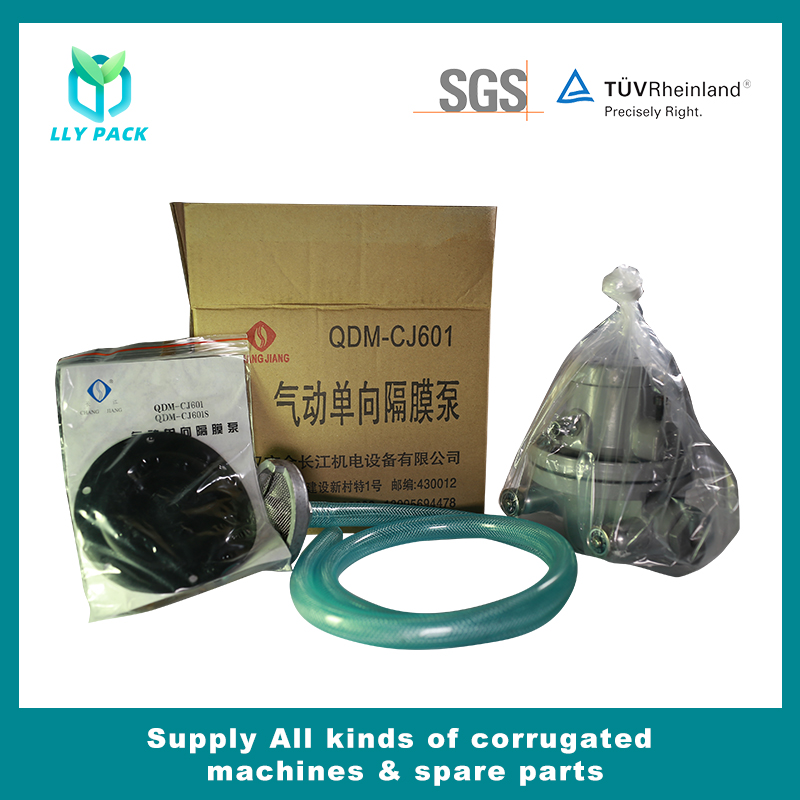
Privacy statement: Your privacy is very important to Us. Our company promises not to disclose your personal information to any external company with out your explicit permission.
In the packaging and printing industry, ink products can be divided into two categories: paste ink and liquid ink according to the classification method of ink according to its rheological properties. A method of classifying inks according to the type of printing plate, among which gravure inks, flexographic inks and most screen inks are liquid inks. This article will focus on the current status and development trends of gravure inks and flexo inks. Today, the editor of the paper industry network found relevant information and introduced the relevant applications in detail.

The production and application of liquid ink in China has developed with the technological progress of China's packaging and printing industry. Liquid inks were produced in small batches in the late 1950s, but very few in the 1960s. Its varieties are gravure inks, which are mainly used in the publishing industry. From the late 1960s to the early 1970s, China began to use plastic film packaging materials. Subsequently, ink companies launched gravure plastic inks for sheet-fed printing on PE and PP surfaces. In the late 1970s, water-based ink was successfully developed and put into production. In the early 1980s, plastic inks for flexographic surface printing began to be produced. In the late 1980s, gravure printing plastic inks came out in China. In the 1990s, gravure ink developed rapidly. Since the mid-to-late 1970s, Chinese printing companies have successively introduced multi-color gravure printing machines from abroad. With the improvement of printing speed and the wide use of new packaging materials, the research and production of liquid ink in my country has entered a new era. Up to now, liquid ink products have basically formed four systems: surface printing plastic ink, inner printing plastic ink (gravure composite plastic ink), gravure paper ink, and water-based flexographic ink.
Third, gravure ink
Gravure inks in China were first developed in the publishing and printing industry. In the 1950s, Beijing Xinhua Printing Factory and other enterprises introduced German multi-color gravure printing machines to print publications such as "People's Liberation Army Pictorial", and all printing inks were imported. In the late 1950s and early 1960s, the ink production enterprises in Tianjin adopted the technical route of the former Soviet Union and successfully developed "Phenyl Shadow Printing Ink". The ink uses rosin-modified alkyd resin as a binder and benzene as a solvent to produce the first-generation gravure ink in my country, replacing imported inks. This ink is primarily made from uncoated papers such as printed newspapers and stamp paper. It has the advantages of good gloss, fast drying and bright color, but also has the disadvantage of poor leveling. Since the 1970s, key ink manufacturers all over the country have successively put into production "alcohol-type gravure ink". This ink uses nitrocellulose as the main binder and ethanol as the solvent, and is suitable for printing at a speed of 30-50m. /min on a gravure press. Candy paper, popsicle paper and other food packaging paper, this is the first generation of gravure ink for packaging and printing in my country. In the early 1990s, cigarette case printing changed from offset printing to gravure printing, which developed rapidly in China. Starting from Yunnan, China imported dozens of gravure paper production lines from Europe, mainly printing cigarette packs. With the significant increase in printing speed, the development of gravure ink in my country has entered a new stage. The technical route for the improvement of gravure ink this time is still to use nitrocellulose as the main binder and alcohols and esters as solvents, and the drying speed of the ink is increased to 150m/min. The ink has the characteristics of no paste, good leveling, excellent transfer performance and rich colors. In the past, we mainly printed coated paper, and now we mainly print coated paper. In order to improve the printing suitability of printing inks and develop to hierarchical printing, domestic ink manufacturers have developed standard four-color printing inks to meet the needs of printing enterprises. At present, the variety and quality of gravure inks are still increasing.
4. Flexographic water-based ink
People have made and applied water-based inks for a long time. Especially since the 1970s, due to the requirements of environmental protection and the shortage of petroleum raw materials, people began to study solvent-free inks, and water-based inks have made great progress. Initially, dextrin, shellac, casein and sodium lignoate were used as binders to produce water-based gravure inks for general printing of books, magazines and corrugated board. Its gloss and water resistance are not good, and the printing effect is not ideal. In the 1980s, with the development of material science, the production of water-based inks with male-modified rosin as the main binder became the mainstream. In the same period, domestic printing companies introduced more than ten flexographic printing carton production lines, and ink production companies produced flexographic water-based inks for them. However, the primary products of these inks still suffer from poor gloss, easy foaming and poor thermal stability. Since the 1990s, my country has introduced nearly 100 combined narrow-width flexographic printing machines from Europe and the United States, which has promoted the development of water-based inks. Unlike previous flexo carton presses, the new line only prints plates, but screen printing has been added to this machine. The minimum screen wire of screen printing plate has reached 150 lines/inch, so new requirements have been put forward for tinting strength, transferability, water resistance, resolubility and so on. The development of new water-based inks is imminent. Since the late 1980s, domestic ink manufacturers in Tianjin, Gangu, Hangzhou and other places have developed water-based flexographic inks using acrylic solution as a binder. In the mid-to-late 1990s, water-based inks adopted the production technology of acrylic emulsion or colloidal dispersion as binders, which made my country's water-based inks enter a stage of upgrading. Its ink quality level is almost close to solvent-based ink, and the ink is non-toxic and non-flammable, green and environmentally friendly, and is the preferred ink for packaging food, medicine, cigarettes and other products.
By combining different printing methods, water-based inks Ink Duct Block can be applied to a variety of substrates. Judging from the development trend of international packaging printing, water-based ink has developed from a single carton ink to a variety of substrate printing. Ink will be fully developed in the printing of paper, aluminum foil, vacuum aluminized film, gold and silver cardboard, composite plastics, polymer materials (such as PE, PP, PET and other substrates), metals and other substrates. The aforementioned "water-based plastic surface printing ink" and "water-based composite plastic ink" are new varieties of water-based ink development. In China, offset printing, gravure printing and flexo printing (mainly ink) have formed the three pillars of the packaging printing industry. From the perspective of development speed and final trend, the advantages of flexographic water-based ink are obvious.

In addition to the four major system products of surface printing plastic ink, inner printing plastic ink, gravure paper ink and flexo water-based ink, packaging liquid ink also includes aluminum foil printing ink, anti-counterfeiting ink, matt ink, gravure water-based plastic ink, flexo printing ink New varieties such as water-based newspaper printing inks require further research and development by researchers in the ink industry.
Statement: This Ink Pump article is reproduced, the purpose of publishing this article is to transmit market information more widely, and the content of the article is for reference only. The copyright of the article on this site belongs to the original author and the original source, and the content is the author's personal opinion. It does not mean that this site agrees with its opinion and is responsible for its authenticity. This site only provides reference and does not constitute any investment and application advice. Some articles on this website are reproduced and not used for any commercial purpose. We have notified the author and source as much as possible. If there is any omission of relevant information or inappropriateness, please contact us in time. At the request of the person, the relevant content Metal Ink Filter shall be corrected or deleted immediately. This site has the final right to interpret this statement.

Privacy statement: Your privacy is very important to Us. Our company promises not to disclose your personal information to any external company with out your explicit permission.

Fill in more information so that we can get in touch with you faster
Privacy statement: Your privacy is very important to Us. Our company promises not to disclose your personal information to any external company with out your explicit permission.